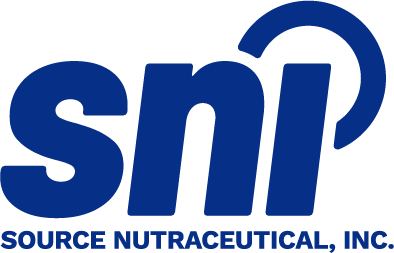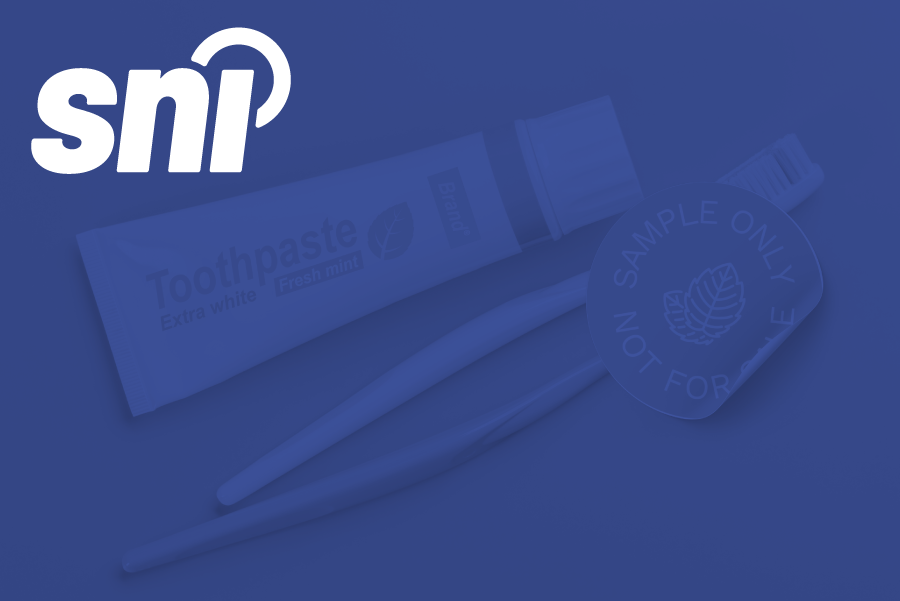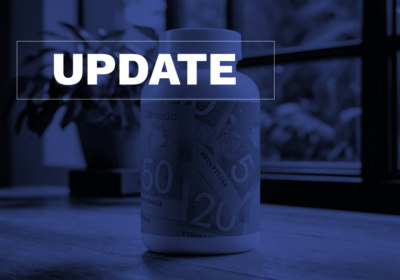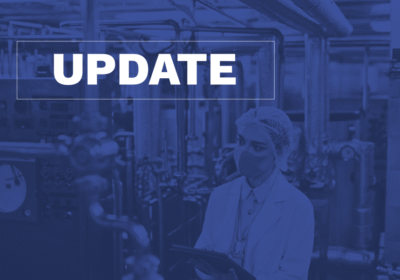Distributing Natural Health Product (NHP) samples at tradeshows in Canada is subject to clear regulatory requirements designed to protect consumer safety, ensure accurate labelling, and uphold Health Canada’s standards.
From proper packaging and compliant promotional claims to valid licensing and record-keeping obligations, all participants are responsible for operating in accordance with these rules. Doing so helps maintain consumer confidence and supports the credibility of the natural health industry.
By understanding these requirements ahead of time, brands can confidently showcase their innovations while remaining compliant.
The sections below highlight key elements of NHP sampling regulations.
What Are Natural Health Products?
NHPs encompass a wide array of substances derived from natural sources such as plants, animals, and micro-organisms. They are primarily used to maintain or enhance health and wellness.
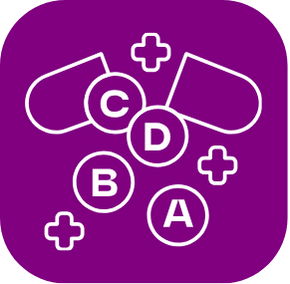
In Canada, commonly used NHPs include vitamins, minerals, herbal remedies, homeopathic medicines, and probiotics. These products are often utilized to address conditions like digestive issues, stress, immunity and overall good health. According to Health Canada, approximately 73% of Canadians use NHPs on regular basis.
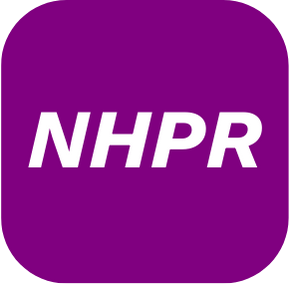
NHPs are regulated under the Natural Health Products Regulations (NHPR), established in 2004. Prior to their sale, each NHP must obtain a Natural Product Number (NPN) or a Homeopathic Medicine Number (DIN-HM), indicating that it has been reviewed by Health Canada for safety, efficacy, and quality.
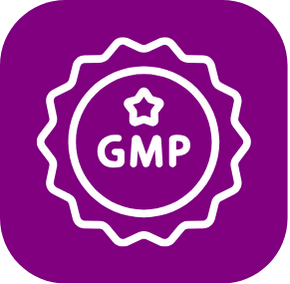
NHPs are available in various forms, including capsules, powders, and liquids. Manufacturers, packagers, labellers, and importers of NHPs must comply with Good Manufacturing Practices (GMPs), which cover aspects such as sanitation, quality assurance, and record-keeping. Even patented or innovative NHPs imported into Canada are required to meet domestic manufacturing standards and licensing requirements to ensure consumer safety and confidence.
Learn more about the NHP regulations in our blog.
Tradeshow NHP Sampling Rules
Tradeshows provide an excellent opportunity to showcase your NHPs to potential customers and industry stakeholders. However, in Canada, the sampling of NHPs is subject to specific regulations designed to ensure consumer safety and product integrity. Here are a few regulatory requirements and considerations to keep in mind:
Product Licensing: All NHPs intended for sampling must possess a valid product license, labelled with a Natural Product Number (NPN) or a Homeopathic Medicine Number (DIN-HM). This ensures that the product has been assessed and authorized by Health Canada for safety, efficacy, and quality.
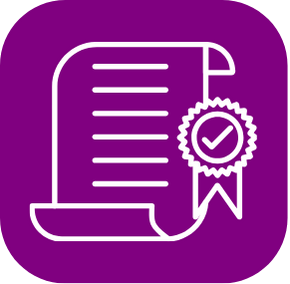
Distribution to Consumers: Direct distribution of NHP samples to consumers is permitted only for products listed on List A: List of Certain Natural Health Products for Distribution as Samples and to adults (18 years or older). Permissible product categories include toothpastes, mouthwashes, antiseptic skin cleansers, sunscreens, anti-dandruff products, diaper rash products, medicated skin care products, acne therapy products, throat lozenges, and athlete’s foot treatments. However, it is important to note that additional restrictions apply to these products, including restrictions on what medicinal ingredients can be used, their amounts, routes of administration, and associated health claims.

Labelling Requirements: All NHP samples must include complete and compliant labelling, mirroring full-sized product labels. This ensures that consumers receive all necessary safety and usage information, even in sample formats. Labels must clearly state:
The Natural Product Number (NPN) or DIN-HM
- The net amount in the product (e.g., weight, volume, or unit count)
- Medicinal and non-medicinal ingredients, including quantity and potency
- Recommended use or purpose
- Dosage form and route of administration (unless clearly obvious)
- Directions for use (dose, frequency, duration)
- Risk information, including cautions, warnings, contraindications, or known adverse reactions
- Any known allergens, including food allergens, gluten sources, or added sulphites
- Bilingual labelling (English and French)
- Contact information of the product licence holder or importer
- Storage conditions, if applicable
- Lot number
- Expiration date
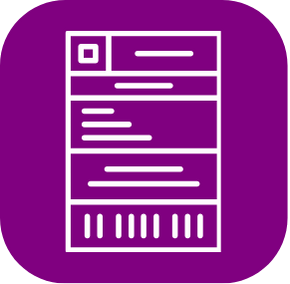
For very small sample sizes, some exemptions may apply, but key information such as the brand name, NPN, dosage form, net amount, and expiry date must still appear.
Quantity and Packaging: Samples should be provided in single-use quantities to minimize the risk of misuse. Packaging must maintain the product’s stability and integrity throughout the event.
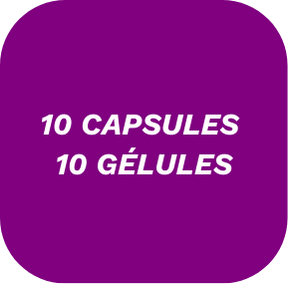
Distribution by Practitioners and Pharmacists: NHPs not listed on List A can be distributed as samples to practitioners or pharmacists only, who may then provide them to patients within their professional practice. This distribution requires a signed order from the practitioner or pharmacist, and distributors must maintain records of such distributions for at least two years.
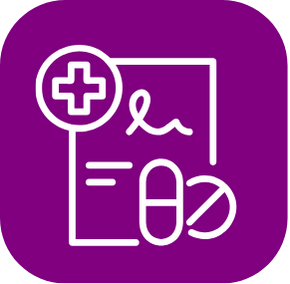
Requirement in Action – Example of NHP Distribution as Samples at Tradeshows
Imagine your company is preparing to promote a new throat lozenge with L-menthol at a health tradeshow in Vancouver. You plan to distribute free single-dose samples to attendees as a way to generate interest in the product.
Before handing out samples, you’ll need to ensure the lozenge has a valid NPN issued by Health Canada. This confirms the product has been reviewed for safety, efficacy, and quality, and is approved for sale in Canada.
Since L-menthol is classified as a low-risk medicinal ingredient, and throat lozenges with L-menthol often appear on Health Canada’s List A, this type of product is generally eligible for direct-to-consumer sampling at events like tradeshows—provided all other compliance requirements and List A conditions are met.
Each lozenge sample must be properly labelled, even in a small, single-use format. The label must include:
- NPN
- The net quantity (e.g., “1 lozenge”)
- Medicinal and non-medicinal ingredients
- The recommended use (e.g., “Temporarily relieves sore throat and cough”)
- Directions for use (e.g., “Dissolve one lozenge slowly in the mouth every 2–3 hours as needed”)
- Risk information (e.g., “Do not use in children under 6 years of age”)
- Any allergen disclosures
- Bilingual content (English and French)
- Contact information for the licence holder or importer
- Expiry date
- Lot number
Finally, even sample products must be made in compliance with GMPs. You cannot legally sample the lozenge if the product hasn’t been licensed, or if it’s not on List A, which outlines products permitted for direct sampling.
Ensuring Compliance
Tradeshow organizers play a key role in ensuring exhibitors comply with regulatory requirements for sampling NHPs. To facilitate compliance, organizers should proactively inform exhibitors of the necessary regulatory requirements well in advance of the event. By clearly outlining rules for product licensing, labelling, and sampling, organizers help exhibitors prepare and ensure they’re aware of their responsibilities, reducing the risk of non-compliance.
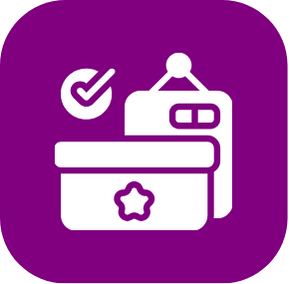
Organizers must also verify that all sampled products have the necessary licensing and proper labelling. This means checking that each product has a valid NPN or DIN-HM, and that all required information, such as ingredients, dosage, risk information, and allergen disclosures, is clearly displayed. Verification ensures exhibitors meet HC’s strict guidelines and maintains the integrity of the event.
Another key responsibility is ensuring that sample distribution aligns with HC’s guidelines. This includes ensuring samples are provided in appropriate quantities (usually single use) and that only eligible products are distributed. These measures help exhibitors comply with the necessary restrictions to protect consumer health.
Final Remarks on Distribution of NHP Samples
Navigating Canada’s NHP sampling regulations is essential for a successful tradeshow experience. These regulations are in place to ensure that products are safe for consumers, accurately labelled, and in compliance with Health Canada’s standards.
Tradeshows offer an invaluable opportunity to showcase products to potential customers and industry stakeholders. By taking the time to ensure that sampling practices meet all regulatory guidelines, companies can demonstrate their commitment to product quality and consumer safety. This proactive approach not only protects the integrity of the industry but also enhances a company’s reputation, positioning them as responsible and trustworthy in the eyes of consumers.
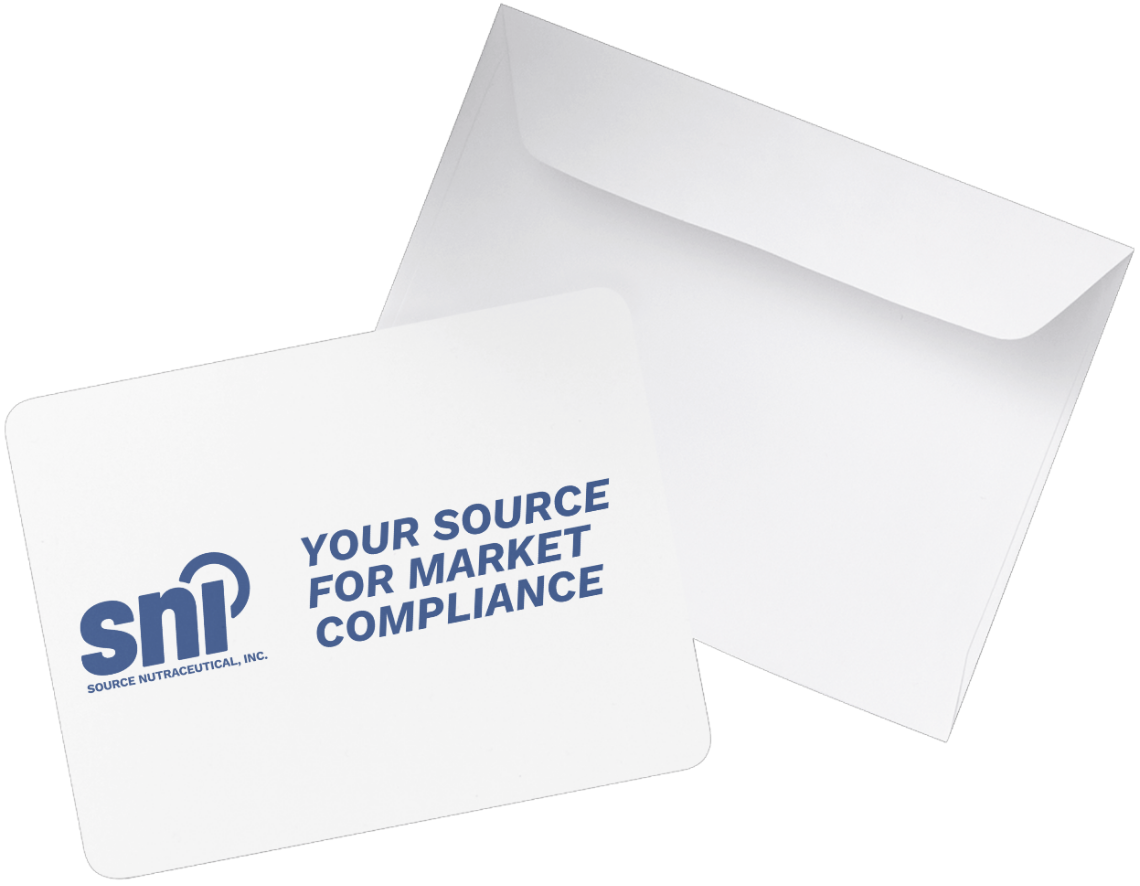
Navigating Health Canada’s NHP sampling regulations can be complex, but we make it easy. Our team provides full regulatory support, ensuring your tradeshow samples comply with NPN requirements, List A eligibility, and labelling standards. From label design to packaging and compliance with GMPs, we handle the details, so you can focus on showcasing your products.
Reach out today for expert guidance on NHP sample distribution and regulatory-friendly packaging!
💡 Compliance is easy with the right support!
📩 info@sourcenutra.com
FAQ
Can I distribute NHP samples directly to consumers at tradeshows?
Yes, but only if the product is listed on Health Canada’s List A: List of Certain Natural Health Products for Distribution as Samples. Eligible products include items like toothpastes, mouthwashes, sunscreens, throat lozenges, and acne treatments. These products must meet specific criteria regarding ingredients, dosages, routes of administration, and health claims.
What labelling requirements apply to NHP samples?
All NHP samples must have labels that mirror full-sized product labels, including:
- Natural Product Number (NPN) or Homeopathic Medicine Number (DIN-HM)
- Net amount (e.g., weight, volume, or unit count)
- Medicinal and non-medicinal ingredients, including quantity and potency
- Recommended use or purpose
- Dosage form and route of administration (unless clearly obvious)
- Directions for use (dose, frequency, duration)
- Risk information, including cautions, warnings, contraindications, or known adverse reactions
- Any known allergens, including food allergens, gluten sources, or added sulphites
- Bilingual labelling (English and French)
- Contact information of the product licence holder or importer
- Storage conditions, if applicable
- Lot number
- Expiration date
For very small sample sizes, some exemptions may apply, but key information such as the brand name, NPN, dosage form, net amount, and expiry date must still appear.
Do I need a product licence to distribute NHP samples?
Yes. Every NHP sample must have a valid product licence issued by Health Canada, indicated by an NPN or DIN-HM on the label. This confirms the product has been assessed for safety, efficacy, and quality.
Can I distribute NHP samples not on List A?
Yes, but only to licensed health professionals (e.g., pharmacists, naturopaths). These professionals can then provide the samples to patients within their practice. A signed order from the practitioner or pharmacist is required, and distributors must maintain records of such distributions for at least two years.
What are the packaging and quantity requirements for NHP samples?
Samples should be provided in single-use quantities to minimize the risk of misuse. Packaging must maintain the product’s stability and integrity throughout the event. Even sample products must be made in compliance with Good Manufacturing Practices (GMPs).
